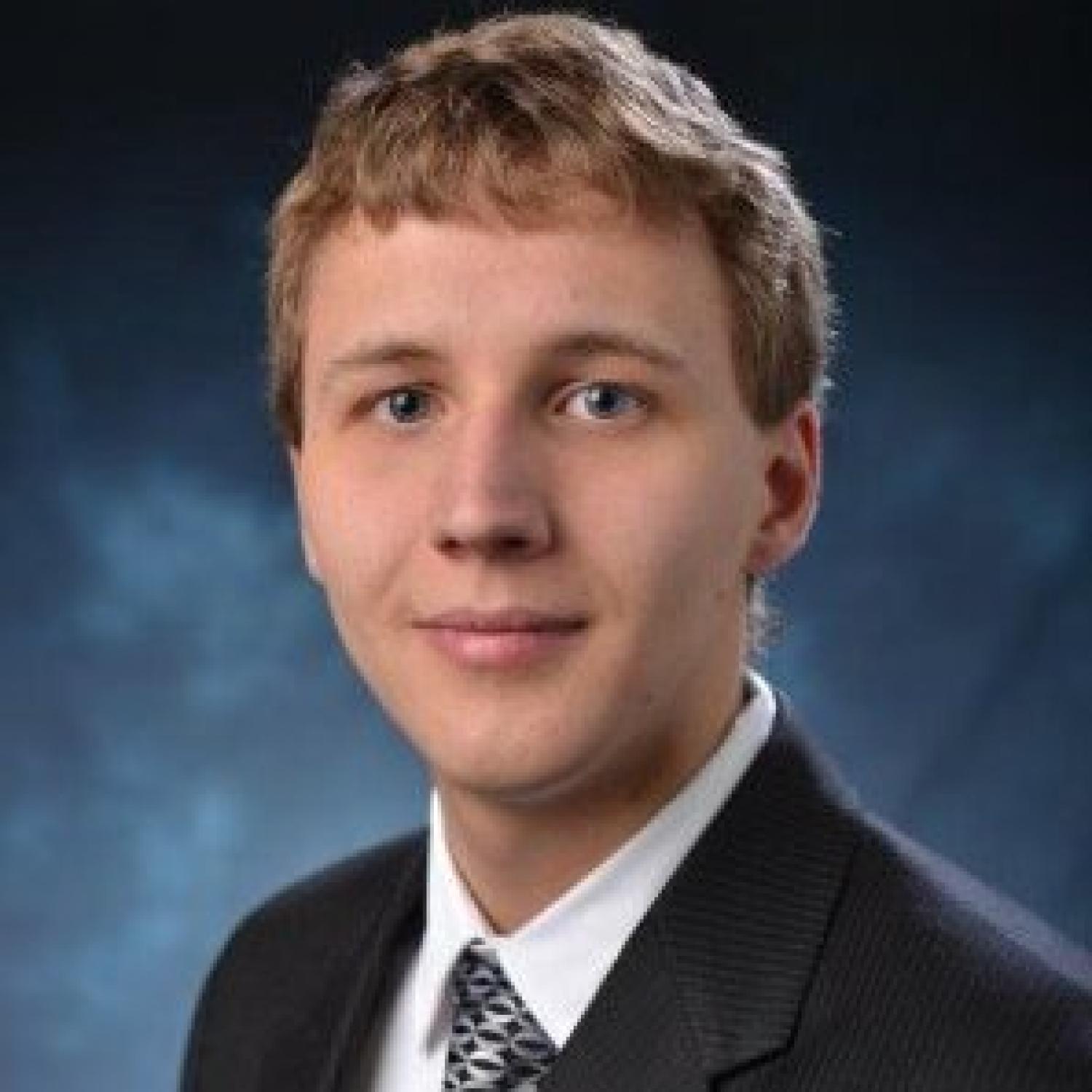Student demonstrates first-of-its-kind photonics device

As an undergraduate in CU-Boulder's Electrical, Energy and Computer Engineering department, Chris Poulton tried working in several labs before finding his calling designing silicon photonic devices in Professor Milos Popovic's Nanophotonic Systems Laboratory. "It's quite amazing that a lab in this field is here at CU," Poulton said. "There are not many universities doing silicon photonics. After a few months here, I knew I wanted to stay in this field for my career."
During his two years in the lab, Poulton made independent novel contributions that led to multiple publications. For one project, he utilized an IBM 45nm CMOS nanofabrication process, also used to create microprocessors such as the Power7 in Jeopardy's Watson or the Cell in the PlayStation 3. By utilizing these existing microelectronics processes, electronics and photonics can be integrated to create systems of devices on a single chip, an idea called monolithic integration.
Popovic's lab is also focused on creating optical interconnects between a computer processor (CPU) and memory (RAM) instead of electrical links, with the goal of increasing bandwidth and decreasing power consumption. To do this, they needed to build several types of photonic devices.
Poulton focused on the integrated optical filter devices needed using a resonator called a photonic crystal. A photonic crystal is a quasi-periodic structure that resonates with certain wavelengths of light. By placing photonic crystals next to optical waveguides (wires for light), some wavelengths of light will leave the waveguide and tunnel into the photonic crystal and can be re-routed to other locations on the chip.
Poulton designed the first photonic crystals in an advanced CMOS process. These crystals also had high selectivity of wavelength, allowing for high-performance filters. He then designed a device that allowed for electrical current to be sent through these crystals to increase their temperature and their index of refraction. This changes the wavelengths of light that the crystal will resonate with and create a tunable optical filter. These tunable optical filters using photonic crystals were the most energy efficient of their kind.
Afterwards, he demonstrated a "push-pull" filter, proposed over 15 years ago but never realized, with high extinction and low insertion loss. This filter was realized using two cascaded photonic crystals and engineering the optical interference between them.
Poulton finished his undergraduate career with five conferences publications, one journal submission, and one invitation to speak at a research conference at Harvard University. "None of this could have been done without the help of Professor Popovic and the Electrical Engineering Department here at CU," he said. "I had an amazing undergraduate research experience here and support from a lot of wonderful people."

